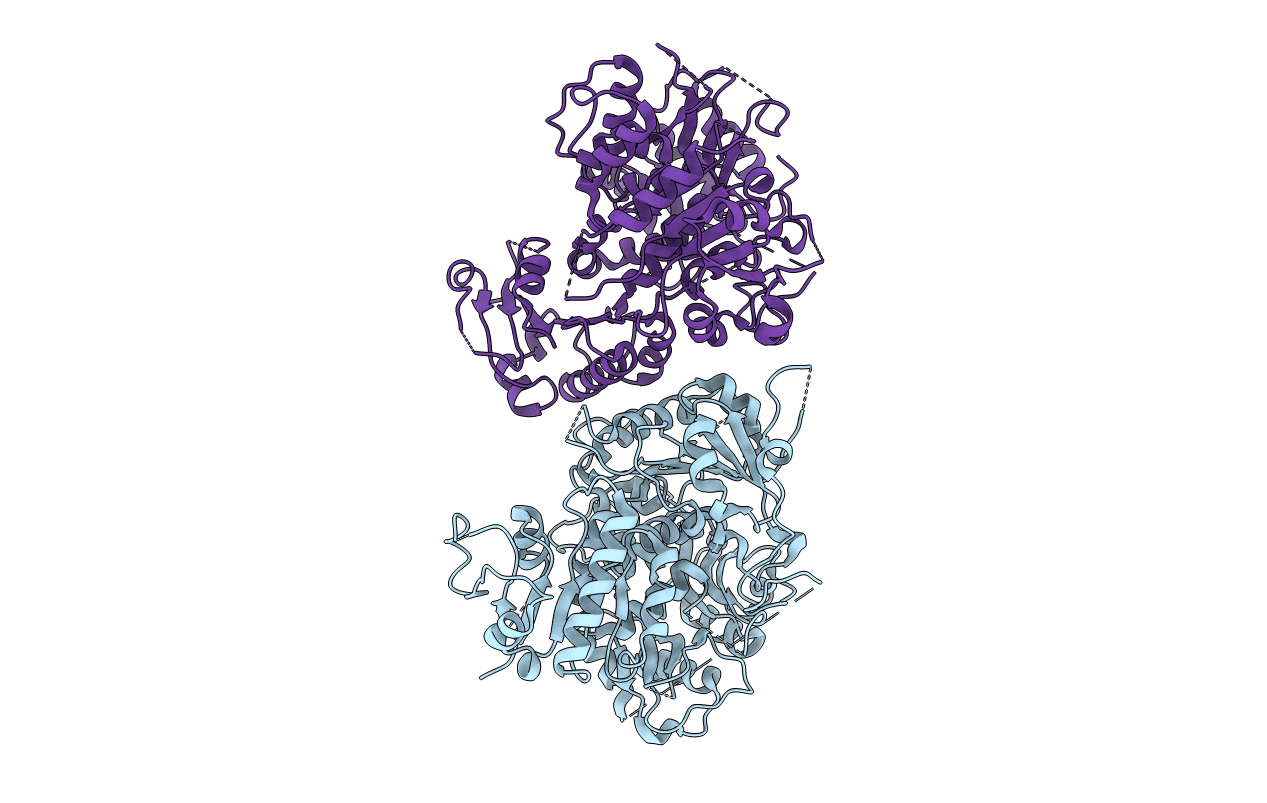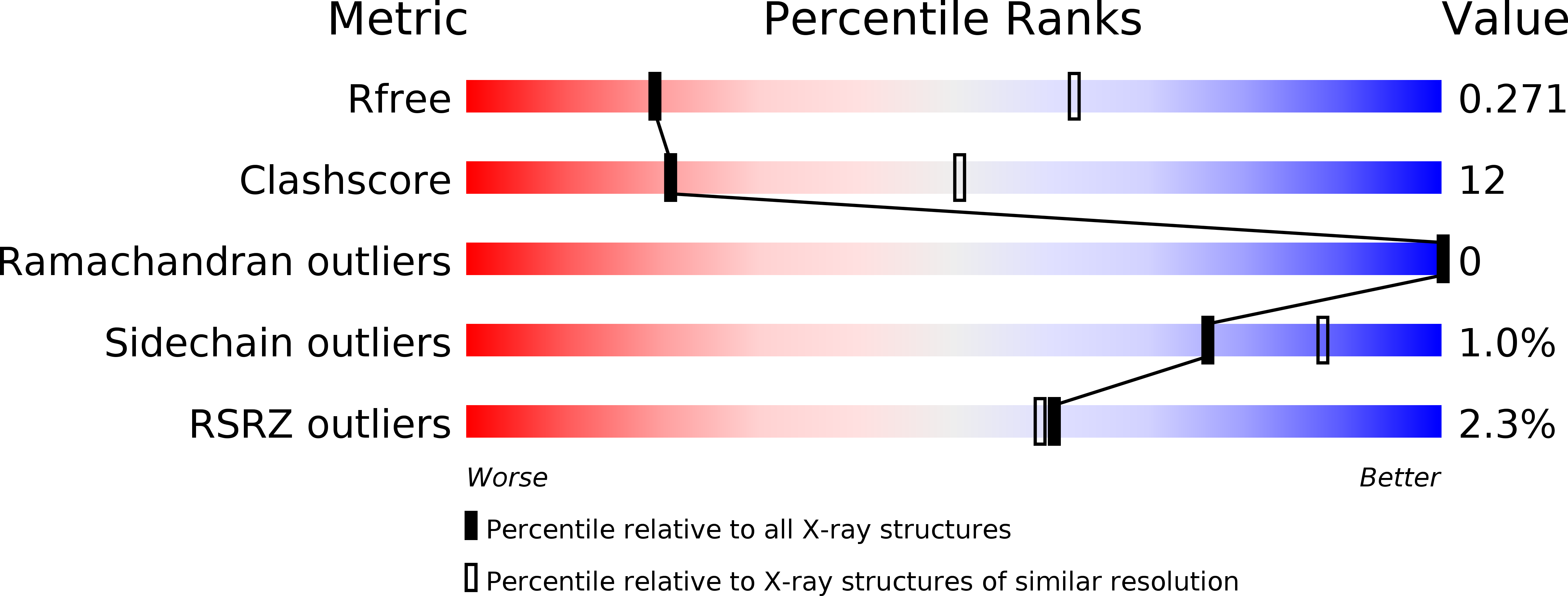
Deposition Date
2012-10-23
Release Date
2012-11-07
Last Version Date
2023-09-20
Entry Detail
PDB ID:
4HPF
Keywords:
Title:
Structure of the human SLO3 gating ring
Biological Source:
Source Organism:
Homo sapiens (Taxon ID: 9606)
Host Organism:
Method Details:
Experimental Method:
Resolution:
3.40 Å
R-Value Free:
0.26
R-Value Work:
0.24
R-Value Observed:
0.24
Space Group:
I 2 2 2


